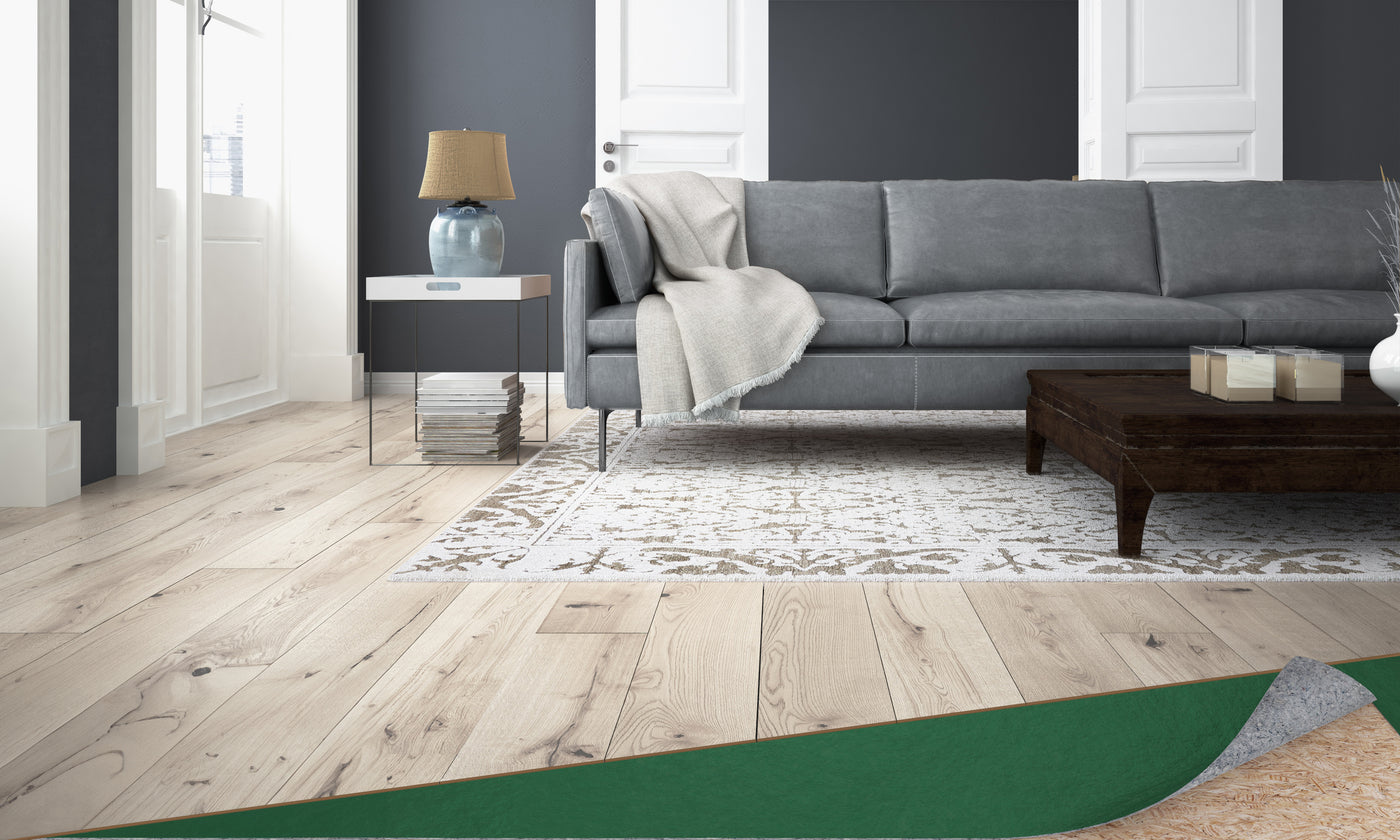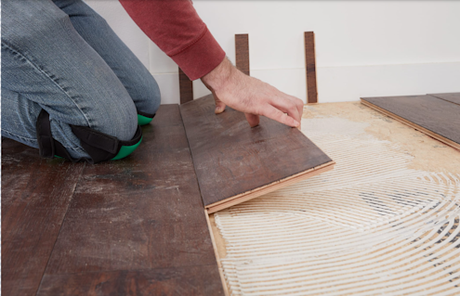Dream Home
Insulayment Premium Underlayment for Glue and Nail Down Hardwood Floors 100 sqft. Roll
$59.99Unit price /UnavailableQuietWarmth
1.5 ft. W x 10 ft. L 120V Radiant Floor Heating System for Tile Flooring Peel and Stick Panel
$172.53Unit price /UnavailableQuietWarmth
1.5 ft. W x 10 ft. L 120V Radiant Floor Heating Systems for Laminate, Vinyl, and Floating Floors
$109.34Unit price /UnavailableQuietWarmth
1.5 ft. W x 10 ft. L 240V Radiant Floor Heating System for Tile Flooring Peel and Stick Panel
$172.53Unit price /UnavailableQuietWarmth
1.5 ft. W x 10 ft. L 240V Radiant Floor Heating Systems for Laminate, Vinyl, and Floating Floors
$109.34Unit price /UnavailableQuietWarmth
1.5 ft. W x 5 ft. L 120V Radiant Floor Heating System for Tile Flooring Peel and Stick Panel
$93.73Unit price /UnavailableQuietWarmth
1.5 ft. W x 5 ft. L 240V Radiant Floor Heating System for Tile Flooring Peel and Stick Panel
$93.73Unit price /UnavailableQuietWarmth
3 ft. W x 10 ft. L 120V Radiant Floor Heating Systems for Laminate, Vinyl, and Floating Floors
$183.65Unit price /UnavailableQuietWarmth
3 ft. W x 10 ft. L 240V Radiant Floor Heating System for Tile Flooring Peel and Stick Panel
$291.55Unit price /UnavailableQuietWarmth
3 ft. W x 10 ft. L 240V Radiant Floor Heating Systems for Laminate, Vinyl, and Floating Floors
$183.65Unit price /UnavailableQuietWarmth
3 ft. W x 5 ft. L 120V Radiant Floor Heating Systems for Laminate, Vinyl, and Floating Floors
$107.34Unit price /UnavailableQuietWarmth
3 ft. W x 5 ft. L 240V Radiant Floor Heating Systems for Laminate, Vinyl, and Floating Floors
$107.34Unit price /Unavailable
















































